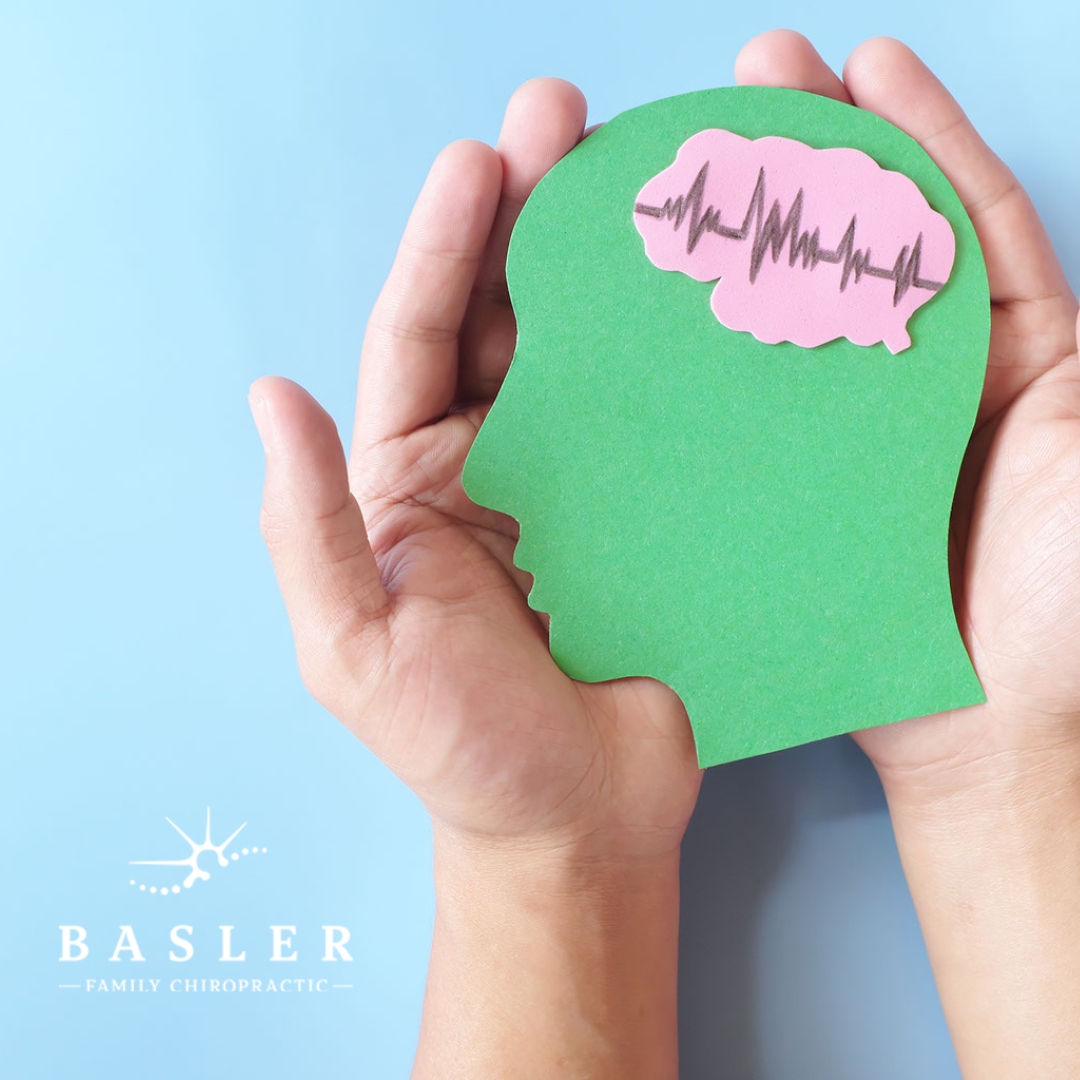
Chiropractic and Mental Health
Research supports that vertebral subluxations may result in altered autonomic nervous system activity. How does this affect mental health and behavior? We will look specifically the vagus nerve “fight or flight” response and “rest and digest” response. The vagus nerve is a major component of the HPA-axis which coordinates neural, behavioral, endocrine, and immune/inflammatory responses. This is why we check heart rate variability in the office to gauge how well your vagus nerve is functioning, therefore how well your HPA-axis is functioning.
There is a theory called the Polyvagal Theory (PVT) that was proposed by Porges in which nervous system regulation affects our emotional expression, communication, and social behavior. Or in other words the neural pathways supporting behavior are involved in maintaining health.
In a study by Williams et al, “There was some evidence that spinal manipulation improved psychological outcomes compared with verbal interventions.” A different study by Holder et al, looked at patients who received instrument assisted adjustments, the test group who received adjustments showed a significant decrease in anxiety compared to the control group.
Chiropractic care a whole is concerned with totality of the human experience. By correcting subluxations, patients are more optimally able to adapt to the world around them and build resilience. When an adjustment is delivered, a patient’s nervous system immediately responds by altering the body’s ability to function at it’s fullest potential again.
Holder JM, Duncan Robert C, Gissen M, Miller M, Blum K (2001) Increasing retention rates among the
chemically dependent in residential treatment: auriculotherapy and (in a separate study)
subluxation-based chiropractic care. Journal of Molecular Psychiatry 6.
Williams NH, Hendry M, Lewis R, Russell I, Westmoreland A, et al. (2007) Psychological response in spinal
manipulation (PRISM): A systematic review or psychological outcomes in randomized controlled
trials. Complementary Therapis in Medicine 15:271-283.

